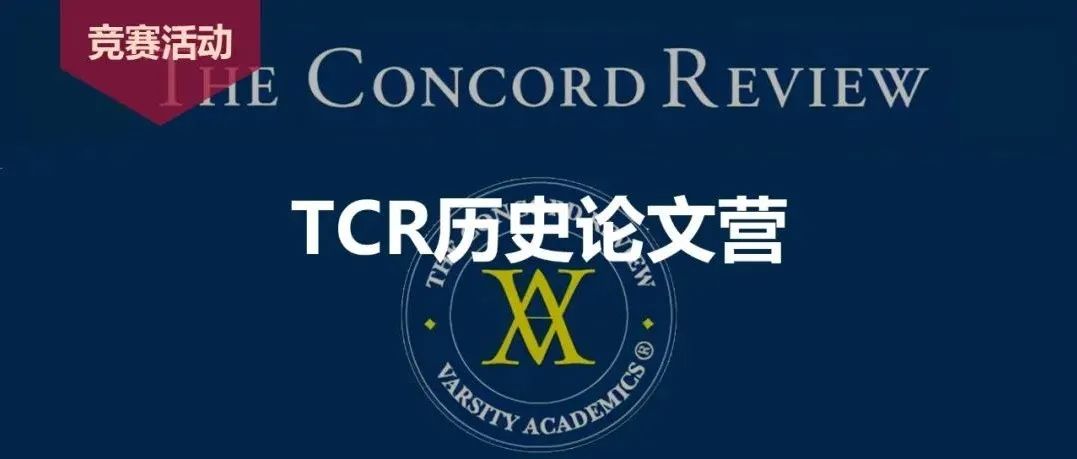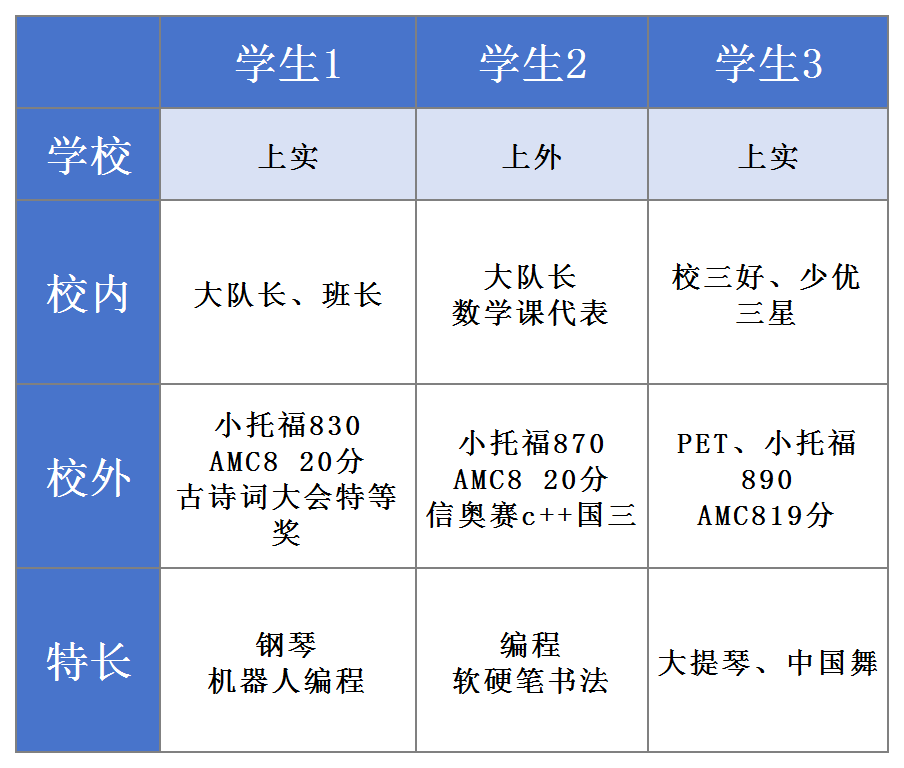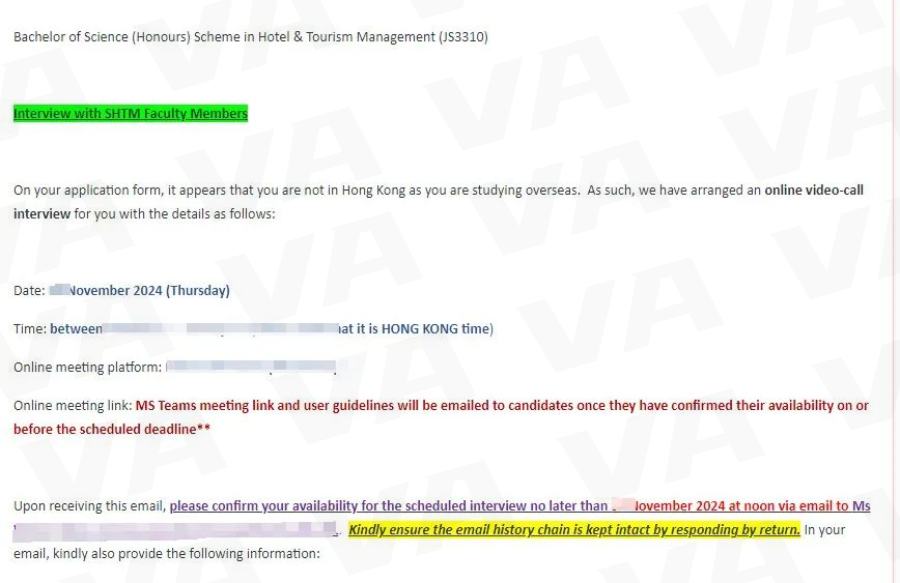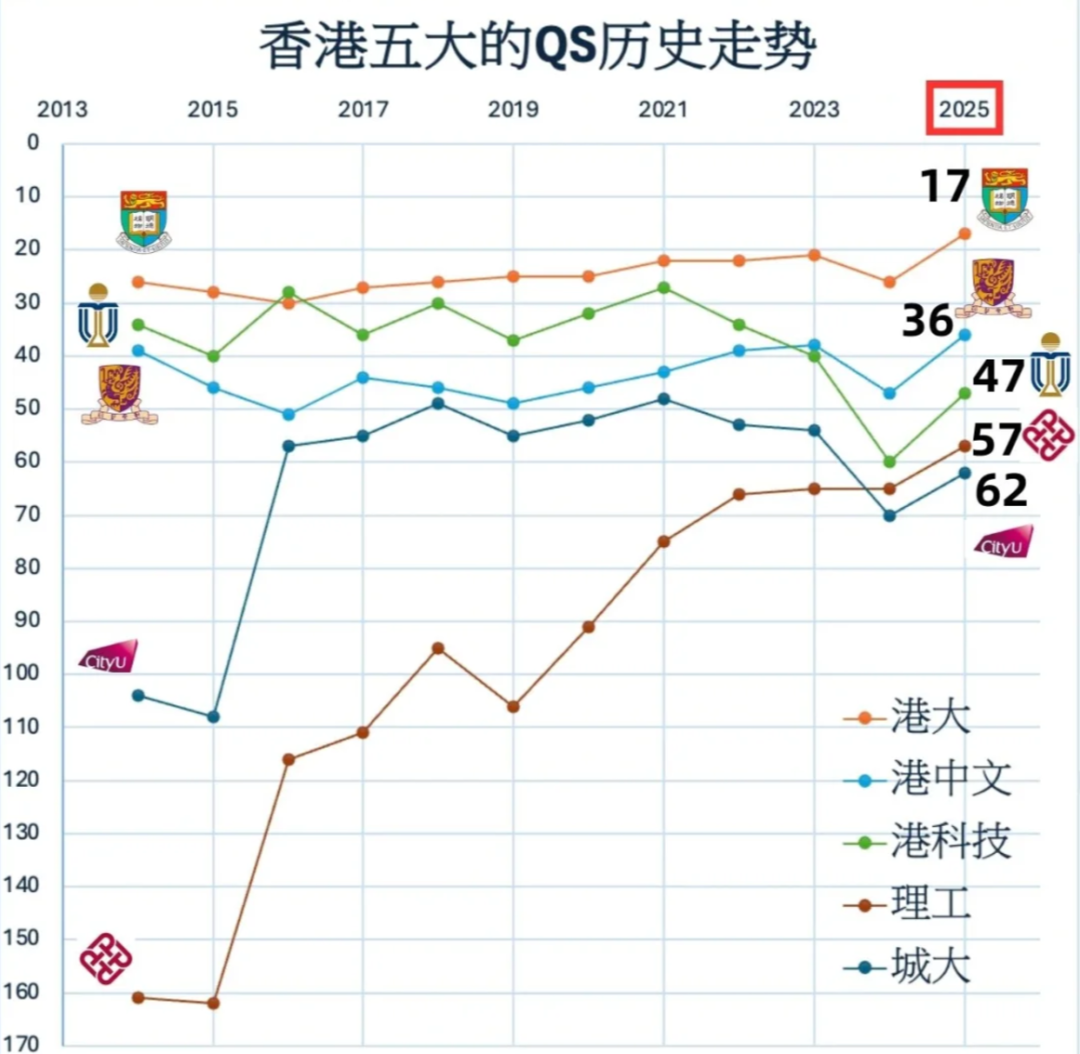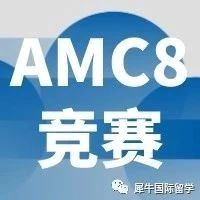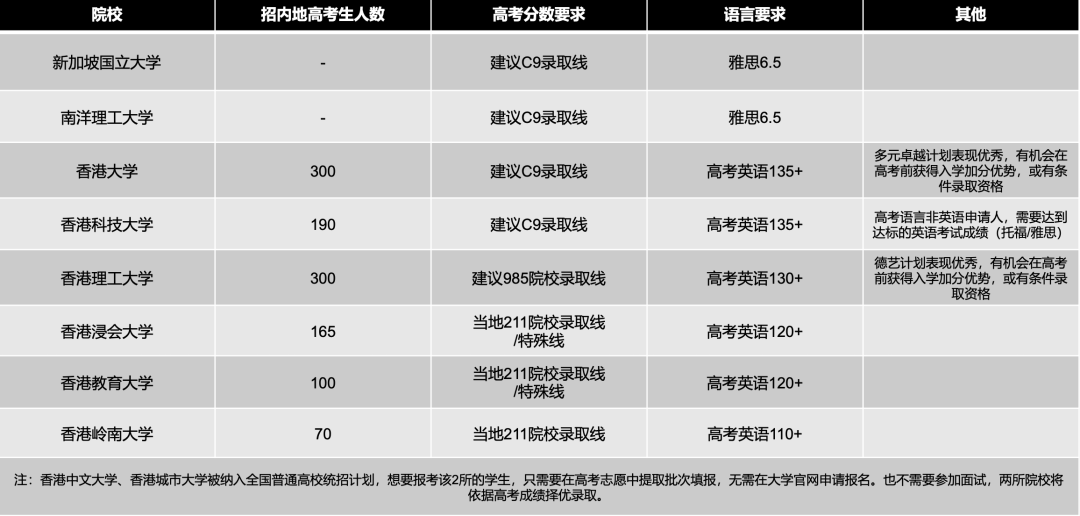眼下正值申请季关键时刻,很多同学在通宵打磨自己的申请文书。如何写出一篇好的essay,闪瞎招生官的眼睛,是很多申请者最近比较烧脑的问题。
今天学到君与大家分享3篇college Essays范文,分别被密歇根大学、NYU、斯坦福录取,希望对大家的文书创作有所帮助。
2. 纽约大学录取文书

"It's a mammoth tusk," my friend said.
I held up the item that I'd just dug out of the ground and examined it against the light. It was only a few inches long, beige in color, and hard as a rock. "Mammoth tusks would be huge," I told him, stuffing it into my pocket to examine later.
When I got home that day, I set the item on a shelf in my room where I stored all of my artifacts. Even then, in second grade, I had at least 25 different things in my collection. Some of them were simple to identify: A marble, a plastic comb, some fake coins from Chuck E. Cheese. But all of them were mine – dug from the ground in the woods around my neighborhood and cleaned off by me for later inspection.
My tools weren't fancy. I had a small metal garden shovel that my parents no longer needed, an old paintbrush, and a metal tool that I assumed was a stainless steel chopstick (found previously in the dirt at a playground). My method was pretty simple: Use the shovel to dig a hole, and if it hit anything, I'd use the chopstick to pry it out. After that, I'd dust it off with the paintbrush and take it home.
My best finds were the things I couldn't identify. Did I dig up a piece of an old parachute? Or was it just someone's sock that fell out of a backpack during a hike? Is someone looking for this item, or was it purposely discarded? I would go over these unidentifiable objects repeatedly, touching and polishing them to try and get their history to flow into my body. Sometimes I'd have a dream where I definitively diagnosed my items. I'd wake up and say "Oh that's right, the rusted metal I found on Tuesday wasn't an old beer can – it was discarded war ammunition." Then I'd realize that this insight came from my dream, not from real life, and I'd be back to square one.
My hobby continued for years, and eventually my grandparents bought me a metal detector. I took it out on a dig in sixth grade, eager to bring up a tub filled with gold and silver coins, but the only things I detected with it were a belt buckle and an old crucifix pendant, which my brother assured me was cursed, so I put it back where I'd found it.
Even though those were decent finds, I felt like the metal detector was taking part of the fun out of my digs. After a few weeks, I put it in the garage and grabbed my previous tool bag. Armed with my shovel and other materials, I could once again dig holes throughout the woods, with or without my friends, and make discoveries.
My collection of archeological items is smaller now. When we moved, I had to part with a few things, but I was sure to keep the ones I couldn't identify. Into the trash went the marbles and belt buckles. Onto the shelf in my new house went the tusk, the parachute, the ammunition and other items that had been ambiguously ID'd by me.
Last year, while cutting through the woods to my friend's house, I lost a soapstone keychain. I looked for days, but never located it. Sometimes I wonder if a second grader out digging may have found it.
"Is it a tusk?" he asked his friend.
Then, in my dream, he proudly put it on a shelf to fuel his own sense of wonder, never knowing who left it there or why, only to create his own stories about it.






